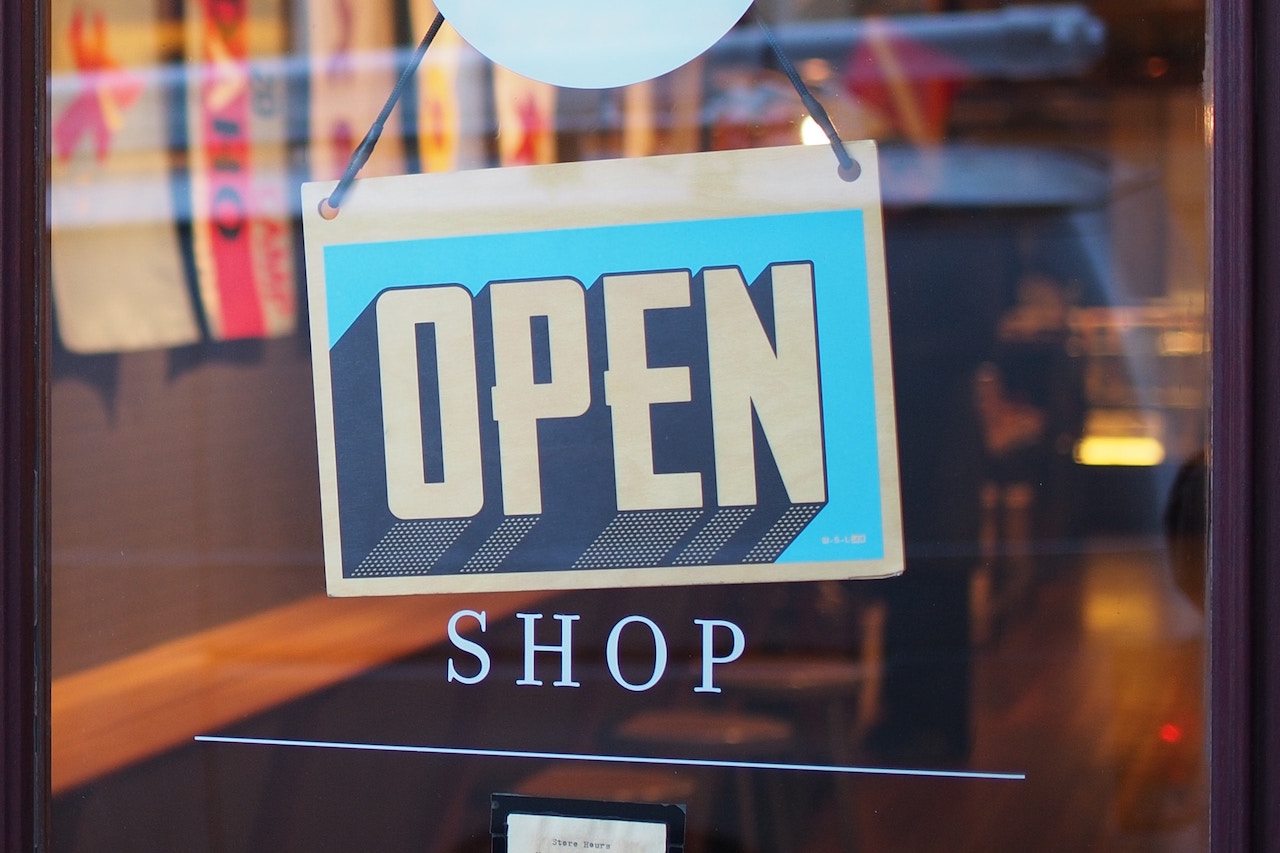The retail business is changing fast. Whether you own a small local shop that sells limited items or a large store, you need to stay competitive. Many brick and mortar stores are losing business to online stores simply because of the shopping convenience and lower prices.
So, how should you approach pricing if you own a physical retail store or sell products through multiple channels?
A look at online vs. physical retail sales growth
In the U.S. alone, “online retail sales crossed $453 billion in 2017 by the U.S. Commerce Department’s measure, a 16.0% jump compared with 2016.” This far eclipsed the growth of retail sales in physical stores. E-commerce now accounts for 13% of total retail sales,” according to Internet Retailer and the U.S. Commerce Dept.
While online sales are still a small percentage of overall retail sales, its rate of growth has persuaded brick-and-mortar store owners to test the waters of online and mobile platforms; if not only to stay competitive and relevant.
Setting the right in-store price
Pricing has always been a difficult aspect of the retail business. What margin can you set? What’s the best pricing margin for certain product lines?
Operating a physical retail space involves a lot of overhead (e.g., commercial leases, display shelving, in-store labor costs, etc.). All of these costs should be taken into consideration when you price products for sale in your physical store.
In comparison, online store prices are generally lower than in-store. They do not have the overhead of retail space, excess inventory, paying salespeople and other brick-and-mortar costs. This enables online stores to offer products at conveniently lower prices.
Does this mean selling online is always cheaper? Not necessarily. Studies have revealed that hidden supply chain costs associated with certain online stores (e.g., time and money to move product) can make it a more expensive sales channel than in-store sales.

Fulfillment and logistics costs can lower profit margins. Two-day delivery and free shipping may be the new normal, but it’s hardly a minor cost for online retailers. Physical retail stores don’t share the same burden given delivery costs are often significantly lower as most products are shipped locally. They enjoy the convenience of customer pickup and often side step costly packing and delivery costs that is a reality of online retail.
There’s no hard and fast rule for setting in-store prices
Pricing is an important aspect of the marketing mix–product, place, price, and promotion. When it comes to pricing there are common metrics and pricing strategies to consider, however, additional factors can come into play.
Competitive dynamics, business objectives, consumer perceptions, demand and so on each play a significant role. But it’s important to get pricing right because it impacts both profitability and how you’re positioned in relation to competitors.
Both online and physical retail sales offer their own unique experiences and challenges. Start by taking a look at your own strengths and the viability of the product. Ask yourself?
- What is the value of our product to customers?
- Are there established price points for products like ours?
- Is our target customer price sensitive? Will a small dip in price improve our market share or will a small increase be so indiscernible that we can increase profit margin?
- What type of discounts will we offer to specific segments of our buyers?
- How will our prices compare with close competitors?
Use retail price optimization software
Ultimately, setting retail prices and choosing the right sales strategies are challenging tasks. Using the right tools, can make the job easier. For example, price optimization software provides real-time competitive intelligence, price optimization, and automatic benchmarking.
Using historical sales data and key metrics, leveraging the power of data can help you determine a competitive and profitable pricing strategy. The goal is to ensure your pricing always reflects your brand and consumer demand, backed by the power of machine-learning (ML).
Once you set prices, dynamically change pricing depending on market trends and competitive activity across different product categories. Review your pricing strategy periodically. The right technology can help you stay competitive.
While in-store retailers can’t escape digital influence you certainly can navigate it successfully.
Sanjeev Sularia is co-founder and CEO of Intelligence Node, a big data retail analytics suite that offers AI-powered tools to keep sight of competition and adapt prices on auto-pilot. Sanjeev brings a deep retail industry knowledge from previous positions as CFO for Exclusively.in (an e-commerce portal for upscale fashion), acquired by Snapdeal, and CFO at Shersingh.com–a private label e-commerce fast fashion portal. He has been Head of Research and Analytics for ClientKnowledge UK (ICAP) and the Co-Founder of CIBnode, prior to founding Intelligence Node. Sanjeev is a graduate of London Business School.
© YFS Magazine. All Rights Reserved. Copying prohibited. All material is protected by U.S. and international copyright laws. Unauthorized reproduction or distribution of this material is prohibited. Sharing of this material under Attribution-NonCommercial-NoDerivatives 4.0 International terms, listed here, is permitted.













